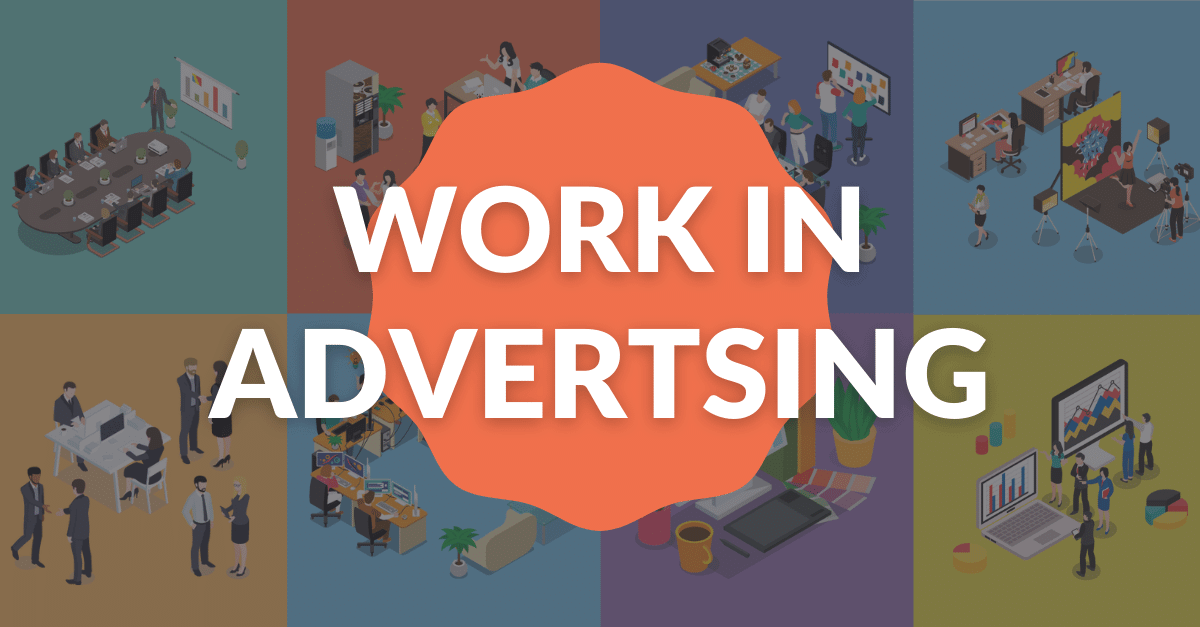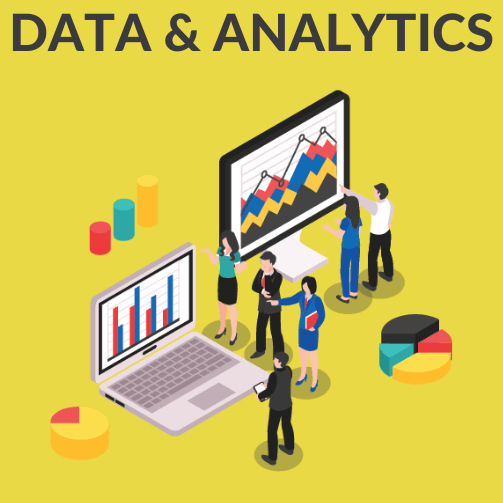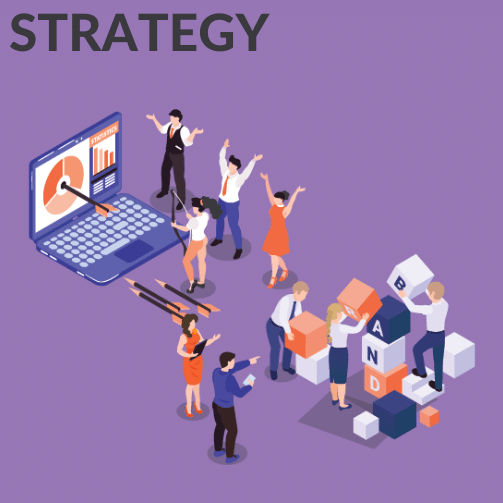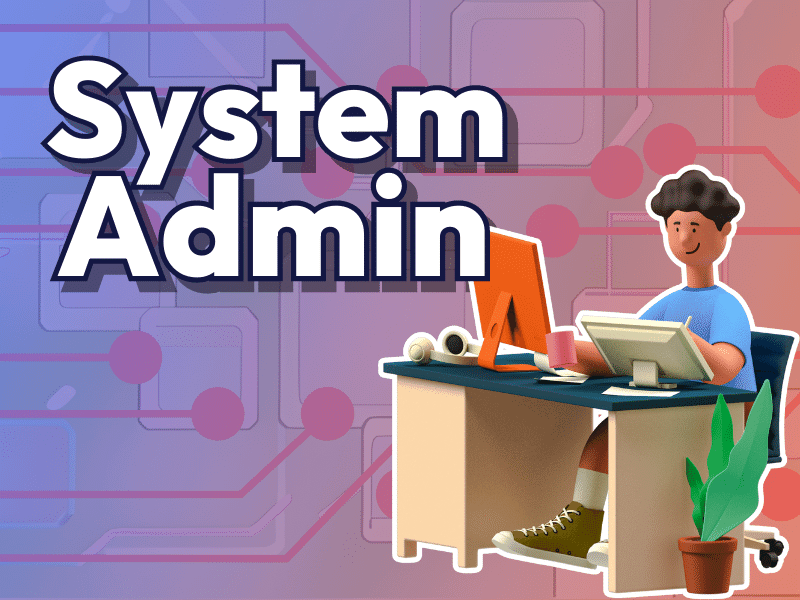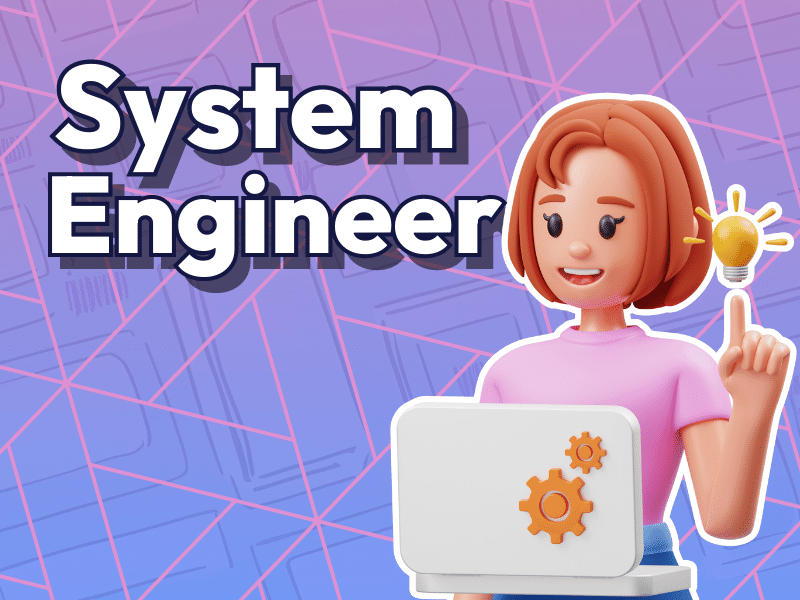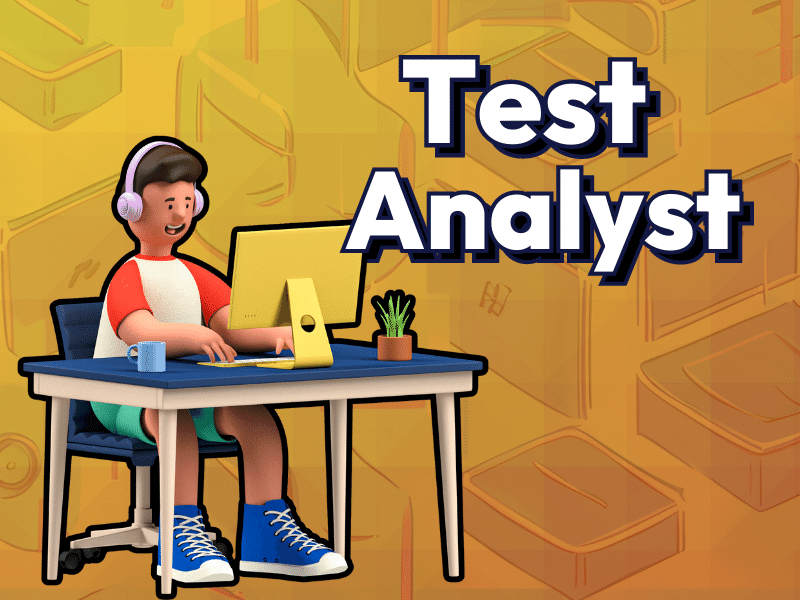How to Work in an Advertising Agency (Types of Agencies, Positions, and Teams)
Curious about what type of careers are available in advertising?
Want to know what an advertising agency does?
You came to the right place.
At Wahl+Case, we have helped hundreds of people land jobs in advertising and marketing at some of the biggest agencies in the world.
Agencies like Dentsu, Hakuhodo, and GroupM.
So keep reading if you want to learn more about what agencies do and how to work in advertising.
In this article we will answer these questions:
We will also give tips for applying to a job in an ad agency as well as provide a glossary of terms you should know when applying.
Let’s get into it.
So, What is an Ad Agency?
An advertising agency is an external agency that works with companies and brands to handle their marketing activities.
Seems simple right?
Well here is a map of all of the agencies and holding companies that own them.
If this looks overwhelming, that’s because it is.
This is why we made this guide.
We will help you navigate the world of advertising agencies.
First, we need to understand the different types of advertising agencies to give you some perspective on the functions of each role.
Types of Ad Agencies
Click the image to jump to the type of agency you would like to learn about first.
There are three major types of Advertising agencies and a few less prominent types.
Media Agency
The term “media'' in advertising refers to the actual places that the advertisements will run, however media agencies function as full-service agencies and have separate teams to handle everything from creative to analytics and everything in between. We will go into more detail on these departments later in the article.
These are generally the most well-known agencies, some notable media agencies in Japan include Dentsu, Hakuhodo, and ADK.
Previously, each function would be handled by a separate affiliated agency, however, to compete with the rising popularity of consultancies like Accenture and EY, agencies have consolidated many of their services to operate under one umbrella.
A great example of this is Dentsu Aegis' recent rebrand to “Dentsu”
PR Agency
Working in a PR agency means you will handle public relations for your clients.
In a PR agency, you are primarily focused on getting your client’s brand or company in the news. This can be paid or earned media, but it is different from advertising in the traditional sense. It helps to think of this as news stories or press releases going out through news media rather than commercials or pop up ads.
Paid media refers to any marketing efforts that are paid for, like a press release on PRtimes or a sponsored feature on a news publication like iFlyer.
Earned media is getting press for something that your company is doing, not a sponsored story. An example of this would be Honest Tea’s Honesty Index, (full disclosure: I worked on this campaign)
In a PR agency, you could also be handling social media and other owned and operated (O&O) channels such as blogs or newsletters, for your clients.
These types of agencies could also be called communication agencies or coms agency.
Creative Agency
Creative Agencies handle the “creative”. Creative in advertising means all of the visuals, audio, and text assets that combine to make up the ad.
In a creative agency, you work to bring your client’s brand and message to life using all forms of creative.
These agencies can range in size, with some being part of a larger agency group and others being smaller independent and boutique agencies.
There are other types of agencies, let’s take a look at what those are.
Other Types of Agencies
Some agencies will specialize in a particular function and brand themselves accordingly. These agencies will have most or all of the same team structures and functions, but more specialized into a specific segment of the process.
Let’s highlight a few:
Digital / Performance Agency
A more recent example of a specialized agency is a digital agency or performance agency, named for their focus on digital marketing tools.
If you are working at an agency that focuses on performance or digital, then you will not be dealing with traditional media and instead, you will be using digital tools like Facebook, Google, Twitter, DSPs, etc. to run campaigns and measure results.
See our AdTech and MarTech explainer video to learn more about these tools.
Today, because of the level and ease of access to digital marketing tools, these “agencies” can even be a single person running Facebook and Google campaigns for clients.
In-House Agency
These agencies can either be created by a company to run all of their marketing and advertising efforts from within the company itself or an “in-house agency” can lend some of their own directly employed staff to work internally with a client.
The reasoning behind this trend of in-housing is to maximize control and agility of your marketing. You can see Joshua Grant of Dentsu discussing this in our interview.
Boutique Agency
This is more of a classification for the size of the agency, so if it is a small agency it will be called a boutique even if it is part of a larger holding company.
If you are interested in joining any of these types of advertising agencies in Japan, please contact us here!
Working in an Ad Agency
Every agency will have its own set of teams, roles, and responsibilities.
Because of these differences, it is better to think of your role in terms of team structure rather than by the position you are applying for.
For example, if you are going to be working with the accounts team, then you will be interfacing with the clients, or if you are on the media team, you will be dealing with the space to run ad campaigns.
In each section, I will explain what the general function of the team is and then give a brief description of some of the more common roles within that team.
Again, this sounds complex, but by the end of this guide, you will have a clear idea of each function within an advertising agency.
Now, let’s take a deeper dive into what each team does and how their structures are laid out.
Ad Agency Teams
Click the image to jump to the team you would like to learn about first.
Teams themselves can vary from agency to agency, but almost every agency will have some form of these same core teams.
Accounts Team / Client Services
In the accounts team, you are the face of the agency to the client.
You will make sure client requests are met, contracts are signed, and KPIs are hit while keeping their expectations realistic.
You will also need to wine and dine the client, as well as act as a project manager for the media, creative, data & analytics teams to ensure that deadlines are being met and the campaign is achieving the desired result.
Think Pete Campbell in Madmen.
Structure and Positions
Again, job titles will vary a lot from agency to agency, but the hierarchy of the accounts team looks like this:
Head of Accounts / VP of Accounts / Board Account Director
The leadership of all of the accounts teams.
You will be more strategic in the day-to-day, not focused on individual clients, but more on the overall direction of the business.
You will also be involved in maintaining high-level client relationships with key accounts
Group Account Director
This is a management position.
You will be overseeing many accounts, making sure things are going smoothly and clients are generally happy.
Account Director
Another management position, but only working with one account.
You will be overseeing all goings-on with the client and managing the team of Account Managers, Assistant Account Managers, and so on.
Account Manager
You will be dealing with the client face to face and over the phone as well as working with the internal agency teams to ensure everything is delivered on time and according to the client’s standards.
Other titles: Associate Account Manager, Assistant Account Manager, Account Executive, but they are all handling the same task, keeping the client updated and satisfied with the agency's work.
Skills You Need to Work in the Accounts Team
Being on the accounts team in an Ad agency is similar to working in account management in IT or SaaS, so the skills needed are similar, you need to be a people person. The client has to trust you and see that you can guide the internal teams to bring about the best results.
If you are interested in working in the accounts team at an advertising agency in Japan, please contact us here!
Media Team
As a part of the media team, you are in charge of finding and buying the “media”. In the context of advertising, “media” refers to the channels and places that the campaign will run.
There are two types of media:
Traditional Media
These are the staples of media that have been around for some time.
Traditional media includes television, radio, mail, print, and out-of-home.
Out-of-home refers to billboards and other signage that you would see when you are out of your home
Non-Traditional Media
Also called “new media”, these newer channels feature a digital or online component.
Examples of non-traditional media are social media, streaming music or video services, search ads, and programmatic advertising.
These can be traditional media channels that have been updated to include a digital component as well such as connected TV or Programmatic Out-of-Home.
Learn more about the channels that media leverages here.
Working in the media team means buying media, negotiating the price on behalf of the agency, deciding the best places to run the campaign, creating the media mix, making media plans, and executing those plans.
You could also be focused on “hands-on keyboard” operations of social media ads and other digital advertising tools.
Being on the media team means measuring results and adjusting campaigns accordingly. Asking questions like:
Is the TV commercial drawing in as many female viewers as expected?
Is the conversion rate on the Facebook ads as high as you need it to be to hit your KPI?
If not it is time to update the media plan.
Media is an ever-evolving landscape with new channels and platforms emerging constantly. It will be part of your job to stay up to date with all of the trends and developments in the media landscape.
Communication plays a big role in your work on the media teams as well. You will need to effectively communicate the plan to the creative team and make sure that they will deliver the correct message for each channel.
Structure and Positions
Director of Media / Media Director
Media directors oversee the media placements and buying to make sure that all campaigns are reaching their intended audience.
They will also be responsible for maintaining the media relationships at a high level as well as manage the teams of media planners and buyers.
Media Planners
Let’s set up a couple of quick definitions here before diving into the position.
Advertising brief - the brief is the set of objectives of the campaign as agreed upon by the client and the agency.
Media Mix - the mix is the various media channels that will be used in the campaign to ensure the target audience will engage with the campaign.
So, a media planner is the person who looks at the “brief” and creates a “media mix” to determine the best way to effectively achieve the goal of the brief. In this position, you will ask questions like: What is the goal? Reach or downloads? A new product launch?
Media planners will not work directly on the campaigns and are more focused on the start of the process and the results, but will not be handling the operation of the campaigns. That is the media buyer’s job.
Media Buyer
“Media Buying” means buying the opportunity to show an ad to a particular audience or on a particular channel.
As a media buyer, you will be responsible for creating the paid social strategy for clients, creating the creative social strategy and copy for clients.
You will also be responsible for maintaining relationships with publishers, TV stations, news outlets, online media, and more to make sure that your clients and your agency are getting the best prices for the ad space
AdOps
Ad Ops, or ad operations, is the hands-on-keyboard operations of the actual campaigns.
You will be mostly focused on digital campaigns, using tools like Google Ads, Facebook Business Manager, DSPs, and other digital advertising software.
Social Media Manager / Executive / Coordinator
Being a social media manager is pretty much how it sounds.
You will create and execute the social media plan for your clients.
This means deciding what to put out on which platforms and how the story will be communicated on those platforms. You will also be responsible for paid social campaigns, improving, and measuring those results.
Skills You Need to Work in the Media Team
As I mentioned before, media is an ever-evolving landscape with new platforms and technologies being brought into the space nearly every day.
Staying on top of these trends is essential to being effective on the media team.
If you are interested in working on the media team at an advertising agency in Japan, please contact us here!
Creative Team
Creative is where the concepts come to life and it will be your job to bring them to life.
This means listening closely to the client's requirements and brand identity to create ads that fit with the goals of the campaign and the message of the product.
If you have a passion for animation, graphic design, film, and audio production, then the creative team will be a great fit for you.
Even if you are not the most creative person, there are still project management roles to maintain the pace and make sure that all projects are being completed on time.
A good portion of creative work is outsourced to smaller boutique agencies.
Structure and Positions
Head of Creative
The head of creative will be the one deciding the overall creative direction for the agency. In this role, you will decide what the branding will be for the agency and the unique creative advantage that you can offer. Does your agency only use gothic art styles?
Do you have the best copywriters?
Are you Don Draper selling nostalgia to Kodak?
These are the types of creative decisions you will make as the head of creative.
Creative Director
As creative director, it is your responsibility to oversee the planning, creation, and execution of the creative.
You will be involved in all forms of creative including the copy (text), visual, audio, video, etc. This is a leadership position and generally requires some years of working in a creative role.
Art Director
Art directors are generally focused on the visual style of the advertisements in all forms of media.
This is a senior position and will generally require experience as a graphic designer, illustrator, or photographer.
Graphic Designer
Graphic designers are the visual creatives who will be making the ads themselves.
This can be done by hand or using tools like Adobe Photoshop, Illustrator, or After Effects.
Copywriter
As a Copywriter, you will write the words that will be in the advertisement.
This can be on landing pages, in pop-up ads, in emails, or anywhere else that customers will be reading or hearing words.
Project Manager
A project manager ensure that all deadlines are met and the project is moving along at the pace that it should be.
You will check in with all parties and make sure that everyone is on the same page.
UI / UX Designer
As a UI/UX designer, you will be responsible for creating the user experience (UX) and user interface (UI) of websites, apps, e-commerce stores, or any other digital projects that your clients need to have.
We will have a more in-depth guide for the front end engineering positions later, keep an eye out for that!
Skills You Need to Work in the Creative Team
Working in creative means translating business ideas and concepts into universal or targeted communications. You don’t need all of these skills, but you will need at least some.
If you are interested in working as a creative at an advertising agency in Japan, please contact us here!
Data and Analytics Team
Data has become an integral part of any marketing strategy and analytics goes hand in hand with data.
On this team, you will be handling dashboard analytics and data analysis.
You will be the person using measurement and attribution tools to see what long-term trends are emerging in the data, you will not be as focused on day-to-day changes.
There is some overlap with media buying teams because they need to talk to each other and make sure everyone is on the same page.
This team could also be responsible for researching and developing new technology and tools that can bring greater returns to the client.
DAC is a great example of this type of agency.
Structure and Positions
Director of Analytics and Innovative Solutions
Ok, this is a pretty specific position, but I had to give a shout-out to our friend, collaborator, and co-author on this piece Joshua Grant, the Director of Analytics and Innovative Solutions at Dentsu.
Check out our podcast M/AD Culture for more insight into Joshua.
In this role, you will oversee the AdTech innovation and tools that can be leveraged by the agency to help your clients.
You would also be responsible for finding trends in the data to forecast changes in the market.
Another aspect of this role is contract negotiations.
Data Analyst
As a data analyst in an agency, you will be responsible for reading and interpreting the data collected from campaigns to determine trends and forecast changes in consumer behavior.
These forecasts will then be relayed to the client to better inform the decisions made on a campaign-to-campaign basis.
Technologist
A technologist is usually an advocate of new technologies that will help the client.
This role could also be in charge of the research and development (R&D) of technology that can be produced in-house, localized for the market, or acquired to add to the offerings of the agency.
Skills You Need to Work in the Data and Analytics Team
“Fall in love with data” - Joshua Grant
Data has become such a crucial part of every marketer’s tool set. Having an understanding of how to use it to inform your decisions is a must.
You have to be able to leverage the tools available to extract trends that will show you the optimal direction.
If you are interested in working in any of these data and analytics positions at an advertising agency in Japan, please contact us here!
Strategy Team
If you think of creative as “what we are going to communicate” and media as “where are we going to communicate”, strategy would be “how are going to communicate that”
Strategy is bringing all of the elements together to create the most effective campaign.
Some agencies will have strategy teams, but it is more common for each team to have a strategist.
Positions
Strategist
Being a strategist means using data and consumer insights to coach clients on how they should be thinking of their customers and how the campaign can best reach them.
You will look at your client’s business from a holistic perspective and make decisions based on data and insights.
This role can be focused on specific channels as well, such as media strategist, CRM strategist, social media strategist, etc.
Strategic Planner
As a planner, your job will be to use customer research to inform the creative decisions and campaign level changes.
You are usually brought in towards the beginning of a plan to help align all teams on the same strategic direction.
Skills You Need to Work in the Strategy Team
Strategy requires you to look at the bigger picture and correct the details that are out of place.
You will need to use both sides of your brain to look at things objectively but also make decisions on how to best connect with the target customer.
If you are interested in working in any of these strategic positions at an advertising agency in Japan, please contact us here!
Marketing
Who markets the marketers?
Agencies are companies that help other companies with their marketing, but agencies need to have internal marketing teams in place as well.
This is the team that handles that.
They will be leveraging many of the same tools and channels that are used for the client’s campaign, the difference being it is to gain reach, awareness, or customers for the agency itself.
In Japan, Dentsu and Hakuhodo are such large and influential organizations some of their marketing is used to increase favor among the public.
Structure and Positions
CMO / Head of Marketing
Like in any other organization, the chief marketing officer (CMO) is responsible for determining the benefits of a service and the best ways to communicate those benefits to customers.
You will be the leader of the marketing department and will generally not work on the day-to-day operations of campaigns, but more on the overall strategic direction and branding of the company.
Marketing Manager
The marketing manager oversees the marketing efforts and execution of day-to-day campaigns.
In a large agency, you will be leading a team of marketing professionals and guiding them on their tasks. In a smaller agency, you will be responsible for all marketing tasks yourself; leveraging all channels of communication and tools to measure results and inform decisions.
Marketing Specialist / Executive / Associate
As a marketing professional, you will be in charge of creating and executing marketing communications for the agency. These can be on all channels, digital and traditional.
You could be the one to handle the social media accounts for your agency. This is a great entry-level opportunity to get your foot in the door of an agency.
Skills You Need to Work in Marketing
Marketing an agency can be both B2B, marketing to businesses, and B2C, marketing to consumers. Your primary customers will be businesses, however, your campaign will also be very public facing such as TV, billboards, and sports advertising. Read our article here to learn more about the differences between the two types of marketing.
If you are interested in working in any of these marketing positions at an advertising agency in Japan, please contact us here!
Operations, Finance and Talent Acquisition
At Wahl+Case we do not work on operations or finance positions that frequently, so this is not where my expertise is.
To give a general overview, operations are the back office and accounting teams, we will not be focusing on these, but these are the core functions that every business needs to operate, such as accounting, finance and HR.
Business Development / Sales
This team primarily exists in smaller agencies because of the need to bring in new customers.
At larger agencies, they have established relationships with clients so there is no need to outreach to new customers. However, almost all functions in an agency will need to pitch to clients and other teams, more on this in the next section.
This will be different for AdTech vendors, which follow a similar structure to IT/SaaS sales orgs, learn more about that structure here.
Things to keep in mind when joining an advertising agency
Always ask about the structure of the Agency
As we have mentioned through this post, every agency has its own hierarchy and set of roles. Be sure to check with your consultant or HR when you are joining or interviewing with a new agency.
You can ask about the team breakdown as well as the titles of positions that each team has.
Pitching, Sales is not just for sales anymore
Pitching is selling your concepts, creative, and copy to a client. It is an essential part of working in an advertising agency. In almost every role, You will need to be able to pitch your ideas to not only your clients, but other teams and members of your own team.
This means you will have to learn to effectively communicate the benefits and results of your work to all other stakeholders.
Pitching is a valuable skill all on its own, and it will serve you well no matter what career path you choose. See Daniel Pinks’s To Sell is Human for more insights.
Agency work can be tough, but you will grow your career
I want to be completely honest with you, agency work will require long hours and servicing the clients on their schedule.
If you are working with international clients, this can be even harder to keep within the normal working hours. The work-life balance can be difficult to maintain, but you will learn a lot by working with brands in different industries and getting a strong understanding of how to position a brand for the market.
Some people love agency life and really thrive in that fast-paced environment. We have also seen many people move into head of marketing or other internal marketing roles after spending time in Adland.
Working in an agency will open many doors to marketing positions on both the agency side and in-house brand side.
If you would like an even more in-depth look at positions in an advertising agency we recommend this post from the IPA.
Conclusion
That’s it!
Congrats on making it to the end of this guide, I hope that you have found this helpful.
Which team sounded the most interesting to you? Let us know on LinkedIn!
If you would like to be a part of any of those teams in Japan please contact us here!
If you like our content, join our mailing list and receive our latest startup stories, market insights and job trends for Japan’s tech market.
Glossary
Advertising brief - the brief is the set of objectives of the campaign as agreed upon by the client and the agency
AdTech - Advertising technology, these are technologies that enable faster, improved, targeted advertising. Focused on paid channels
AE - Account executive
AM - Account manager
Copy - Text or words used in all published communications such as ads, videos, social media, etc.
Creative - In advertising, this refers to all of the visuals, audio, and text assets that combine to make up the ad
DSP - Demand-side platform, a tool used by advertisers to buy adspace and run their ads programmatically
Holding Company - A large corporate entity thats only purpose is to hold all of the assets of its own companies. It will not produce goods or services on its own
Inventory - Inventory in advertising refers to the publisher’s ad space that advertisers want to buy
MarTech - Marketing technology, these technologies enable all facets of marketing to be faster, more effective, and more efficient
Media - In advertising, this means the places that the advertising campaigns will run
Media Mix - the mix is the various media channels that will be used in the campaign to ensure the target audience will engage with the campaign
O&O - Owned and Operated, this refers to the channels that are directly controlled by a brand or advertiser.
Out of home - Billboards or signs that are seen outside of your house, unlike TV, print, or digital, which are generally more personalized and will be viewed in your home
PR - Public relations
Programmatic - A system of tools for selling advertising space on a per-user basis
Publisher - Publishers are media companies, platforms, and content providers that own their own ad space on their content
ROI - Return on investment. The amount of revenue that is made compared to the amount spent
SSP - Supply-side platform, a tool used by publishers to sell their ad space programmatically
TVCM - Television commercial
MORE TECH JOBS
Team Leader | AdTech + MarTech
Director of Analytics & Innovative Solutions | Dentsu
Marketing Specialist

